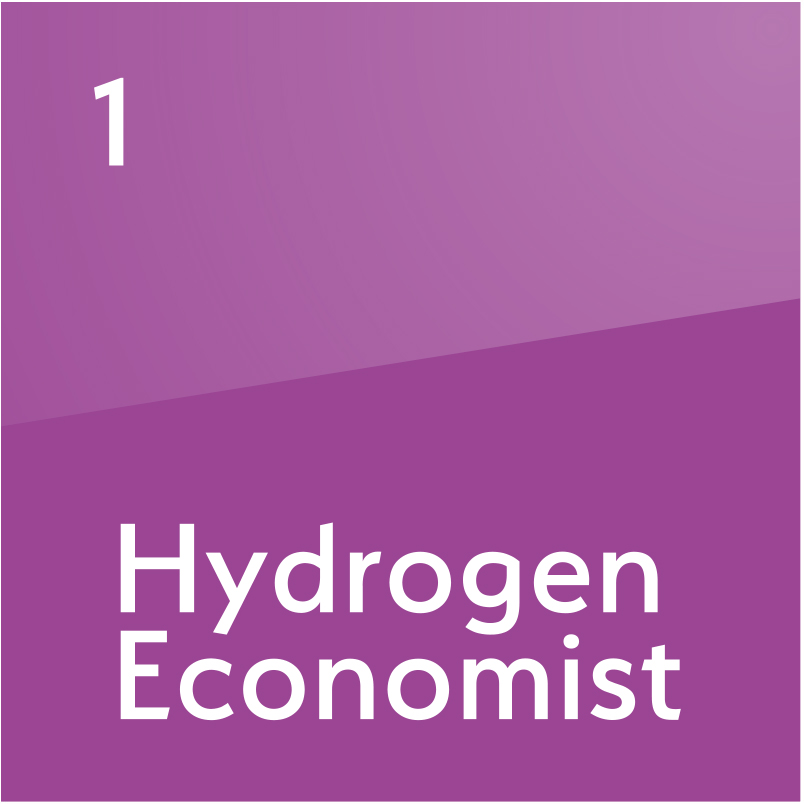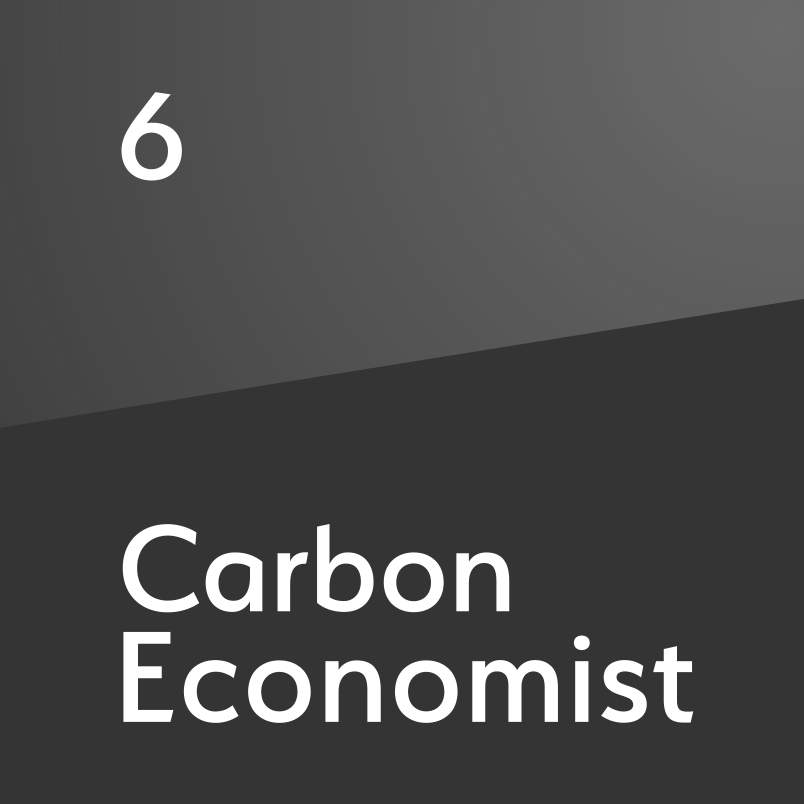The other damaging glut
Emissions-trading systems have suffered from an oversupply of permits. Regulators are trying to fix that and show the mechanisms can still work
As countries from Kazakhstan to Mexico weigh up the pros and cons of establishing carbon trading as part of their contributions to the Paris Agreement, the oldest markets are still striving to tackle their chronic problem: oversupply. The three main systems in operation, the EU's Emissions Trading System (EU ETS), the Regional Greenhouse Gas Initiative (RGGI) in the northeast US and California's state-wide system, all suffer from gluts of unused permits. This has depressed prices and allowed industrial emitters to buy their way to compliance instead of making changes to their energy-intensive processes. Critics say this proves carbon markets are ineffective and carbon taxes should replace in

Also in this section
28 November 2025
The launch of the bloc’s emissions trading system in 2005 was a pioneering step, but as the scheme hits 21 its impact as a driver of decarbonisation is still open to debate
18 November 2025
Vicki Hollub, president and CEO of Occidental, has been selected as the 2026 recipient of the Dewhurst Award, the highest honour bestowed by WPC Energy. The Dewhurst Award celebrates exceptional leadership, groundbreaking innovation and a lifetime of significant achievements in sup-port of the development and advancement of the energy industry.
11 November 2025
Transition policies must recognise that significant industrial demand for carbon will continue even as economies hit net zero
6 November 2025
After years of pursuing ideologically driven climate leadership, Western powers are now stepping back under mounting political pressure and rising populist opposition—prompting concern essential climate action could be sidelined







